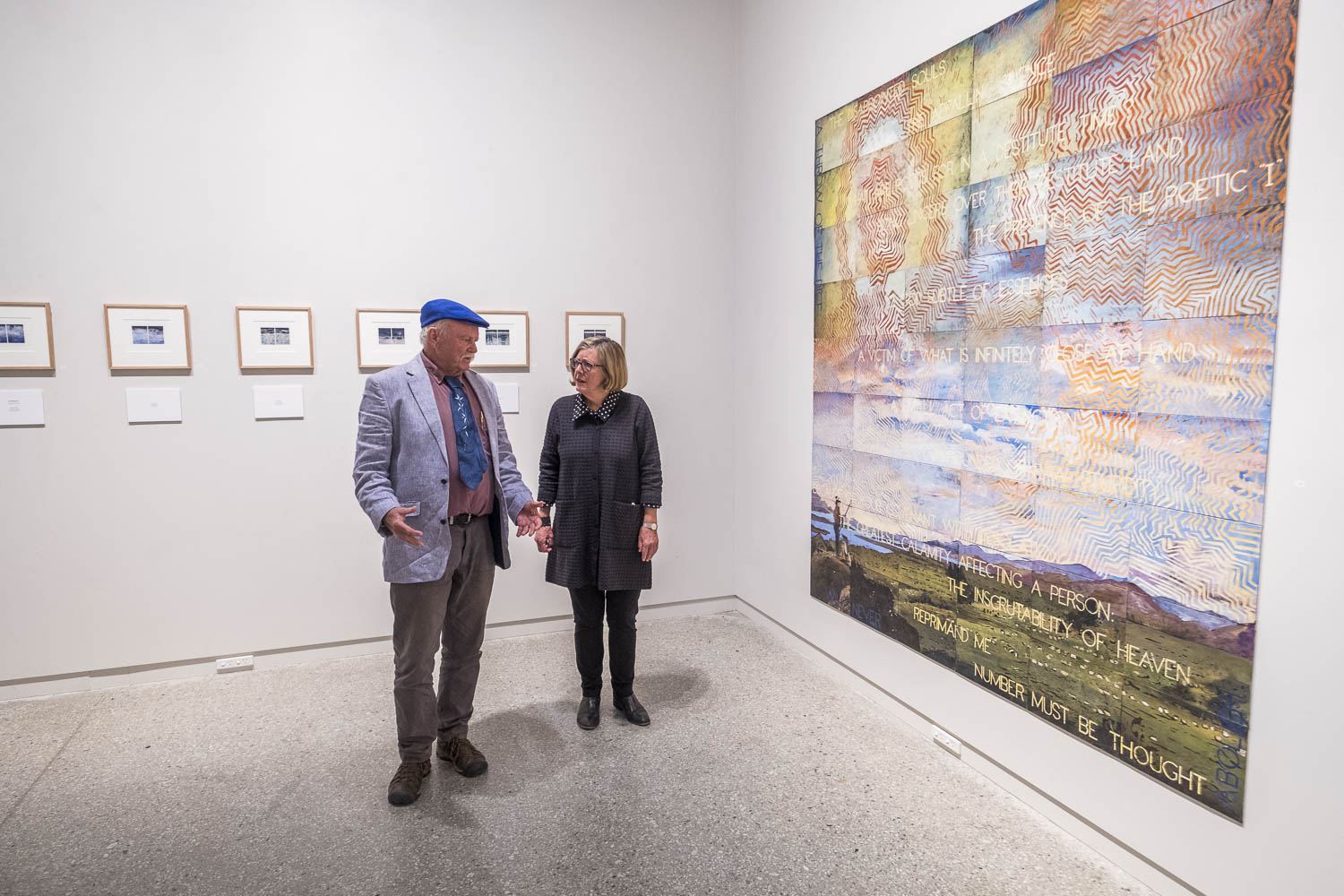Arts and Nature
Some people are sceptical about conservation organisations dedicating resource to the arts. Given the urgency of the task at hand, shouldn’t we be directing all our energy and funds to protecting nature? We at the TLC see arts and conservation as emphatically entwined.
Although conservation efforts centre around nature, they are at their core a human activity.
‘People are quintessential to our work,’ Margie Jenkin (the TLC’s former head of Engagement) notes in this webinar, and an important aspect of the TLC’s work is to engage communities and identify ways of connecting people to the value of its conservation work.
**Emotions inspire action**
If you’ve spent time surrounded by towering trees and scree slopes, with only the sound of the wind; if you’ve spent time noticing the intricate lace of moss on roots and rocks, the carpet of leatherwood petals beneath your boots, the scent of peat and eucalypts, you’ve likely experienced a sense of connection with the landscape that seems to transcend reason – that feels purely emotional, even spiritual.
Like time spent in nature, art can affect people at a deep emotional level. Art can bring that sense of connection with the landscape to people, which is perhaps the next best thing to being in nature.
‘One of the greatest connectors between people and nature is art – art tells nature’s stories,’ wrote philanthropist Rob Purves in his foreword for the [Skullbone Experiment](https://tasland.org.au/2017/07/this-is-art-speaking-finding-new-audiences-for-nature-conservation/) catalogue, the TLC’s first major art project held in 2013–2014.
Art tells stories and moves people in a way that politics and scientific enquiry can’t. When the TLC published a book, *Breathing space*, in 2021 to mark its twentieth anniversary, our focus was on letting Tasmanians tell their stories of nature in their own way. In [this webinar]
CEO of the TLC James Hattam, a scientist, talks about how scientists and artists see the landscape differently: ‘We’re looking at the same landscape, the same forest, the same wetland, and we’re seeing very different things…. Artists have a great ability to communicate complicated scientific and ecological aspects in accessible and powerful ways and they often evoke much more raw emotion and inspire a real commitment to conservation.’



